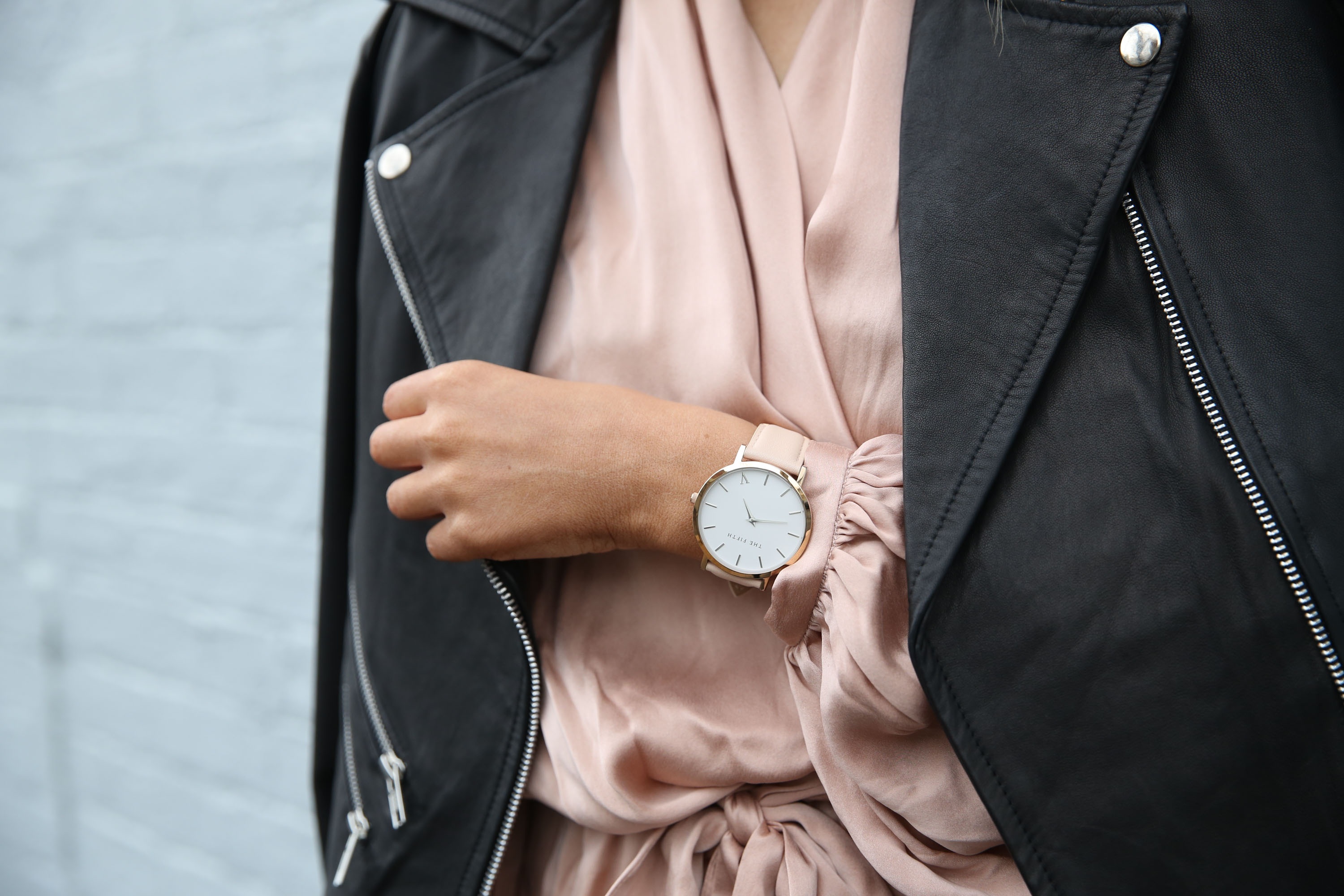Everyone is talking about creating a lifestyle brand these days. So many more brands are launching not just with one product but with multiple types of products to appeal to the lifestyle of a consumer.
LIFESTYLE BRANDS CATER TO SPECIFIC CATEGORIES
Consider the boho California Coachella festival movements. These are real lifestyle categories with huge opportunities to create brands that extend not only to the outfits but also to hair accessories, handbags, shoes, and practically all other categories. So, how do we create a lifestyle brand? It’s going to take a huge amount of investment depending on what your lifestyle truly is as a brand.
Three ways you can achieve this…
- Product extensions
- Financial planning and investment.
- Marketing material
Of couse maintaining multiple product lines is more expensive than having a single-product line. However, it goes without saying that with more products and more categories, comes greater opportunities. When you have only one category, maybe you are just pitching to a certain demographic or to a certain style of press or editors or writers. Opening up different categories gets yourself more visibility in terms of who might feature you.
MORE PRODUCTS = MORE OPPORTUNITIES
1) INTRODUCE PRODUCT EXTENSIONS – One of our clients, Elyse Maguire, launched her company with a focus on a beautiful collection of alpaca scarves. We had a long conversation about what the other product extensions could be, and how could she take her love of Cape Cod and this beautiful feeling of living young and free and wild but with soft elegance.
DEVELOP MOOD BOARDS TO DETERMINE THE BEST FIT
We executed an extensive process of developing mood boards to understand what would fit both from a production standpoint (what it would take to produce it) and also understanding what would be the right fit for her customer. Elyse’s product line is heavily based on prints and color. We knew that her next product extensions would also need to be rooted in prints and colors. Our solution was to transition from scarves to Turkish towels.
STORYTELLING BRINGS IT ALL TOGETHER
It’s easy to see how this might turn itself into an amazing narrative as we start to build out those marketing assets. While you might say to yourself, “Well, how do you go from scarves to towels?”, all of that is really in the marketing materials and storytelling. The first step is to determine your product extensions – meaning you need a solid understanding of what’s core to your brand.
2) UNDERSTAND PROFITABILITY – The Elyse Maguire example of coming from a prints and textiles standpoint poses the question of how difficult it will be for her to make some tweaks to those prints from her scarves to her towels. The print adaptions wouldn’t be difficult, however, sourcing and materials would present a special challenge.
BE CAREFUL ABOUT INTRODUCING ENTIRELY NEW CATEGORIES
If you’re going from ready-to-wear into handbags or shoes, they are totally different categories. The margins are different. It’s going to cost more money to get a shoe designer, handbag designer or or developer to create that product. Start to think about the capital investment it’s going to take in order to really develop those other product lines. It may not be as easy as going from, let’s say, developing tops to then moving into bottoms or going from tops into outerwear. Start to think about natural product extensions, but also the financial consequences of the margins and production- and what it will take to make it happen.
GAIN ORGANIC ENGAGEMENT AND REACH
3) UPDATE MARKETING MATERIALS AND COLLATERAL – Lastly, as you transition into a lifestyle brand, your marketing assets and collateral have to be updated. You have to make sure all of your materials now reflect less of a product-driven approach but more of a cohesive global approach – “this is what we stand for as a brand, this is who we want to be in your life”. Your marketing materials include everything from your website, to social media, to any of the press communications you’ve released, and any way in which you talk about your business.
We love saying, “Every email you write is an example of branding and marketing.” It’s how you represent yourself in your company. Start moving away from, “Oh, we make beautiful tops or we’re an exclusive shoe line or we focus on handbags.” Your language is going to change and your marketing materials and visual assets are going to change.
Approach becoming a lifestyle brand not only through how you talk about your business, but through product selection, product development and pricing – this is very valuable and important. Brands today are seeing the most success with customers when they’re more than just transactional, when they can be more of a customer hub and when they can service the customer in a 360-degree capacity.
Good luck with expanding into becoming a lifestyle brand. Do send us an email if you’re interested in taking your business into growth stage by introducing new categories.
